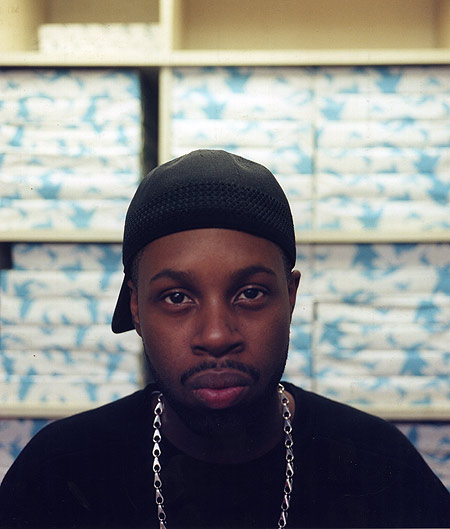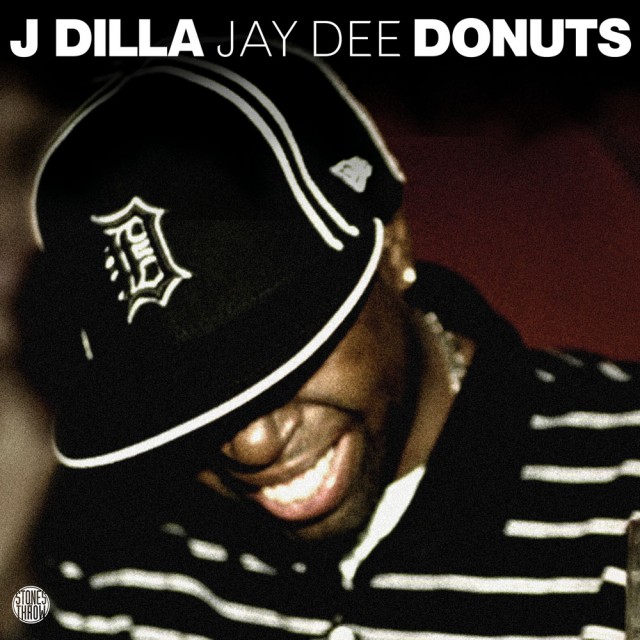I’m going to let you all into a little secret: I didn’t like Donuts the first time I heard it. In hindsight, I’m not sure why but it was probably a mix of lacking concentration while listening and just not getting it. It was around 2009 and I had only recently got into hip hop, so I hadn’t properly researched the stories and heritage behind all the great albums. Because of that, I didn’t know what Donuts was really about. Now, all I can think about is the process behind a very special hip hop album.
For those that don’t know, I’ll try and explain. In 2002, Dilla had been diagnosed with TTP, an incurable blood disease. Coupling that with lupus, a condition he had already been diagnosed with, illness would be a frequent occurrence for the rest of his life. During an extended hospital stay in 2005, friends from Stones Throw dropped by and gave him a Boss SP-303, a 45 player and a stack of records. Other people might have brought flowers, food and well wishes but these guys knew Dilla well enough to bring the right stuff. At this stage of his illness, Dilla’s hands had swollen so much, his mother, Ma Dukes, would massage them so he could continue working. Such resilience and dedication to his craft meant he finished all but two of the albums tracks in the hospital. Dilla unfortunately passed away three days after the album was released.
An interesting thing about the LP is that what we hear isn’t what Dilla had intended. As part of Stussy’s documentary on Dilla, Stones Throw’s general manager Egon explained that Dilla had sent in two CDs for Donuts, one of which he kept, where album was only around 20 minutes in length. Things like this, as time went on, added to the whole mystique of the LP. But away from all that, the beats really spoke for themselves. What made it so special was the backwards nature of the whole thing – the “outro” starting as an intro, the last track being called Welcome To The Show (which was a dope beat), the rawness in production. Dilla made sure each song told a story, leaving subliminal messages in the tracks. Workinonit, which for me, is the epitome of hip hop sampling, was telling everyone that despite the illness, he was still working. Waves was flipped into an imperative call for his brother to take the reigns of the family while he was gone (“Here, Johnny, do it”).

The problem for some people with Donuts is it was almost too raw. Many of the tracks had straight loops, heavy drums and gruff sounding bass. But it was so much more than that. From the start, his tools were never going to create something clean and sparkly; hell, he was never one to make “clean” sounding music anyway, especially not during his Dil Withers phase. The grit from the vinyl dust were almost representative of his musical history and his life at the time, rough around the edges. His time on earth was almost up and this was his last salvo, the thoughts on his mind. He contemplated death in Stop, when he flipped Jadakiss’ vocals from “it’s that real” to “is death real?”, he told everyone “the time had come” on People. If you want to put it another way, this could be one of the last great examples of call and response within hip hop and what better way to do it but with music of an era where that technique was so prevalent? But the classic J Dilla head bobbing quality was still there, laced within each track, some more so than others. Lightworks was impeccable with its use of percussion and sonic alterations, Two Can Win packed an explosion of soulful hip hop, booming and bapping from start to finish.
Posthumously, Dilla has often been compared and associated with musicians outside of his initial realm of music; comparisons to Mozart from The Guardian, for example, and his influence on modern jazz from NPR. The rest of his work eventually contributed to these accolades and superlatives but it was Donuts that initially made non-fans take notice. The perceived “romanticism” of Dilla’s legacy after death has led to scornful looks from people who knew him from the beginning and those who still didn’t rate him that highly. Many have asked for people to let him go and move on, that he couldn’t have changed that many people’s lives. Well, he certainly changed mine, maybe not as significantly as others but the effect was certainly profound. He left Donuts as a grand message for everyone and one thing’s for sure, we’ll keep telling it until we lose our own voices.
